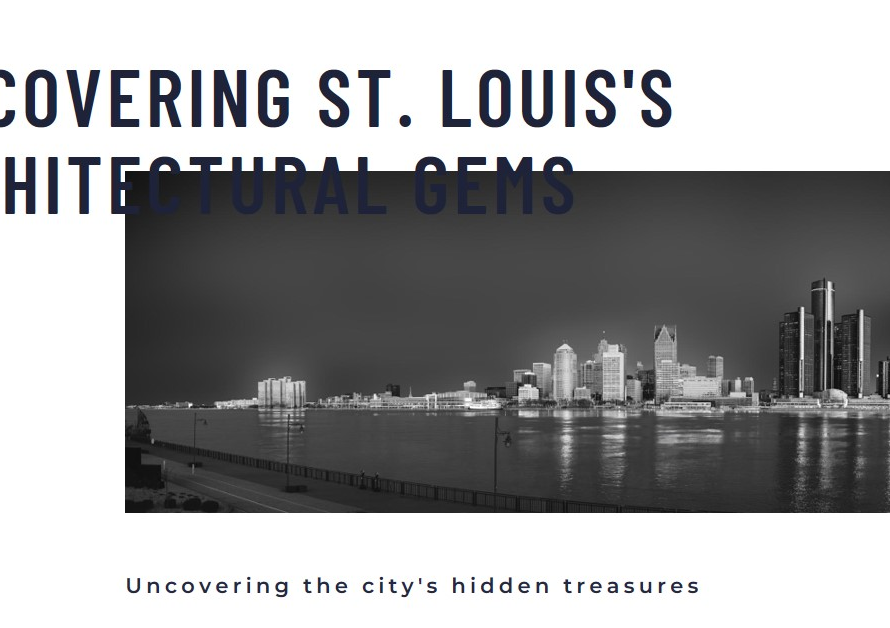
Table of Contents
1. Introduction: The Concrete Jungle’s Architectural Symphony
In the world of architecture, few cities rival the grandeur and innovation showcased by New York. The city’s skyline is an iconic testament to human creativity and engineering prowess. In this exploration, we delve into three compelling reasons why New York stands tall as the architectural center of the modern world. Written in a professional tone with an active voice, this journey will unravel the city’s architectural symphony, celebrating the convergence of design, engineering, and urban planning that defines the essence of New York.
2. “Innovation in Verticality: The Skyscraper Revolution”
New York’s skyline is synonymous with skyscrapers, and for good reason. The city has been at the forefront of the skyscraper revolution, continually pushing the boundaries of vertical architecture. From the iconic Empire State Building, a beacon of Art Deco elegance, to the modern marvels like One World Trade Center, New York’s skyscrapers are not just structures; they are testaments to the city’s ambition and resilience.
The city’s architects and engineers actively embraced the challenge of limited horizontal space, opting to reach for the sky. The innovative use of materials, cutting-edge construction techniques, and a relentless pursuit of height have made New York a global hub for vertical architecture. The skyline, punctuated by gleaming towers, showcases a narrative of architectural ambition, where each building competes not just in height but in design ingenuity.
3. “Historical Tapestry: Architectural Evolution Through Time”
One cannot explore New York’s architectural prominence without weaving through the historical tapestry that adorns its streets. The city is a living museum of architectural evolution, where Gothic Revival churches stand alongside Beaux-Arts masterpieces, and sleek glass structures reflect the post-modern era. The historic districts of SoHo, Chelsea, and Greenwich Village provide a walk through time, featuring buildings that span architectural styles from the 18th century to the present day.
New York’s commitment to preserving its architectural heritage while embracing modernity is a testament to its status as a global architectural center. Preservation efforts actively ensure that the city’s diverse architectural styles harmonize, creating a unique urban landscape where history and modernity coexist in a seamless continuum.
4. “Urban Planning Extravaganza: A City That Never Stops Designing”
The grid system that defines Manhattan’s streets is more than just a navigational aid; it is a reflection of meticulous urban planning. New York’s city planners have actively shaped its landscape with precision, creating a framework that accommodates both functionality and aesthetics. The city actively responds to its inhabitants’ needs, offering pockets of greenery like Central Park amidst the towering concrete, and embracing waterfront developments that redefine urban living.
The High Line, a former elevated railway transformed into an urban park, showcases New York’s innovative approach to repurposing urban spaces. The city actively invests in creating public spaces that encourage community engagement and enhance the quality of life, ensuring that urban planning isn’t just a necessity but an art form actively shaping the city’s architectural narrative.
5. “Cultural Hubs: Architectural Diversity in Museums and Galleries”
New York is not just a city of skyscrapers; it is a haven for cultural institutions that actively contribute to its architectural richness. Museums like the Guggenheim, with its spiral design by Frank Lloyd Wright, and the iconic Metropolitan Museum of Art, housed in a Beaux-Arts masterpiece, are architectural wonders in themselves. These cultural hubs actively celebrate diversity in design, providing spaces that engage visitors not just with art but with the architectural brilliance that houses it.
Architects actively consider the cultural significance of these institutions, using design as a means to enhance the overall experience. The unique structures of museums and galleries in New York actively contribute to the city’s architectural allure, demonstrating that form and function can seamlessly intertwine to create spaces that transcend the ordinary.
6. “Resilience in Architecture: Rebuilding After Adversity”
New York’s architectural prominence is deeply intertwined with its resilience in the face of adversity. The city actively faced challenges like the destruction of the World Trade Center on September 11, 2001, and emerged stronger, with the One World Trade Center symbolizing both remembrance and progress. The ability to rebuild and redefine its skyline after such a significant event actively showcases the city’s determination to stand as a global architectural center.
Architects and designers played a crucial role in the rebuilding process, actively contributing designs that symbolize hope, strength, and unity. New York’s resilience actively echoes through its architectural fabric, where each structure tells a story of overcoming challenges and embracing the future with unwavering optimism.
7. “Inclusive Spaces: Designing for a Diverse Population”
One of the hallmarks of New York’s architectural landscape is its inclusivity. The city actively embraces a diverse population, and this diversity is mirrored in its architecture. From the historic neighborhoods with brownstones that tell tales of the city’s past to contemporary designs that actively address accessibility and inclusivity, New York’s architecture caters to a wide spectrum of needs.
Public spaces like the Oculus at the World Trade Center actively prioritize accessibility, while new developments actively integrate affordable housing to address the city’s housing challenges. New York’s architects actively recognize the importance of designing spaces that are not just aesthetically pleasing but actively contribute to the well-being and inclusivity of the city’s residents.
8. “Global Influence: New York as a Beacon for Architects Worldwide”
Beyond its physical borders, New York’s architectural influence actively extends globally. The city actively attracts architects and designers from around the world, fostering a vibrant community of creative minds. Architectural firms based in New York actively work on projects spanning continents, and the city’s influence is evident in designs globally, from corporate headquarters to cultural centers.
The city’s global impact is not just in the structures that dot its skyline but actively resonates in the design philosophies it exports. New York’s architects actively contribute to the global dialogue on sustainability, innovation, and the future of urban living. As a result, the city actively stands as a beacon for architects worldwide, a place where ideas converge, and designs actively shape the trajectory of modern architecture on a global scale.


Conclusion: The Architectural Odyssey of New York
In conclusion, New York’s status as the architectural center of the modern world is rooted in a rich tapestry of innovation, history, resilience, and global influence. The city’s skyline is not just a collection of buildings; it is an architectural odyssey that actively unfolds the story of human ambition and creativity. From the pioneering skyscrapers that touch the clouds to the inclusive public spaces that welcome all, New York continues to be a source of inspiration for architects and designers globally, actively shaping the future of architectural discourse.


